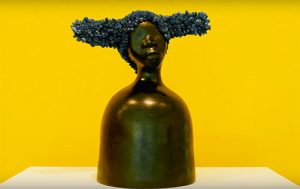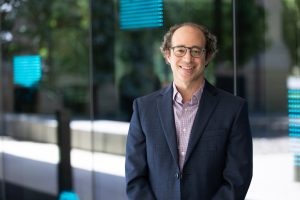‘Formed & Fired: Contemporary American Ceramics’ at the Anderson Collection breaks the mold
…nd will be on view upon the museum’s reopening, hopefully in early 2021. A virtual tour of the show is available online now. “By sharing the work and voices of these contemporary artists, our visitors can engage with current issues while reflecting on work in the permanent collection,” said Jason Linetzky, director of the Anderson Collection. “Formed & Fired gives us an opportunity to present innovative sculptors who ground their work in soci…





